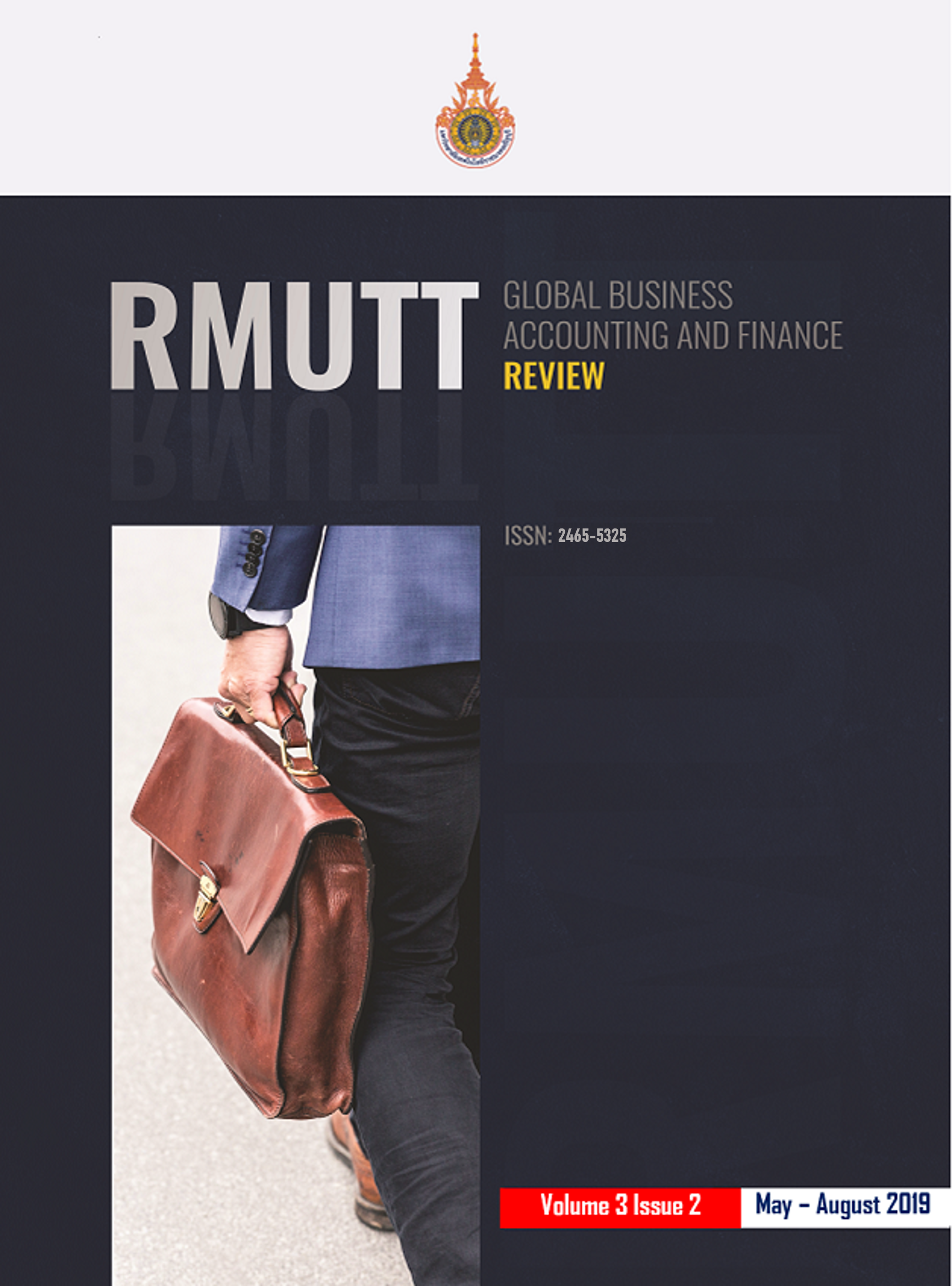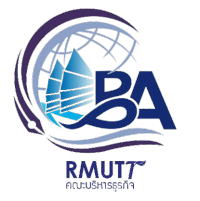THE DIFFERENT COST AND RETURN OF CRICKET FARMING TYPES: THE CENTRAL REGION OF THAILAND EVIDENCE
Keywords:
Crickets, Cost, Return, Cricket Farming, Net Present Value, Internal Rate of ReturnAbstract
This independent study aims to conduct comparative study between individual cricket farm and cricket network farm members in terms of initiation cost of cricket farming, including production cost, operating costs and total cost per unit. Additionally, the return of cricket farms are compared in term of return on investment (ROI), net present value (NPV) and internal rate of return (IRR). For this independent study, data were collected thorough in depth-interviews and observation of two cricket farmers in the central region of Thailand, including a small individual cricket farm and a cricket network farm member. The contents from interviews consisted of cricket farming process, production costs, operating costs, and selling methods. The major findings were that the cricket farm member had lower both initial investment and production cost due to gaining support from its parent farm; in addition, the commitment of the cricket farm member to sell raw crickets to parent farm 80% of production at $90 baht per kilogram, resulting to lower incomes than the individual farm. The breakeven points per a production cycle (2 months) were 78.46 kilograms for individual farm and 119.62 kilograms for network farm. Thus, the return as ROI, NPV and IRR of individual farm were higher than cricket network farm member. Research results pointed out that a key factor effects on cricket farms’ return was the selling price.
References
Besley, S., & Brigham, E. (2008). Essential of Management Finance. 14th ed. China: South-western cengage learning.
Durst, P., & Hanboonsong, Y., (2015). Small-scale production of edible insects for enhanced food security and rural livelihoods: experience from Thailand and Lao People's Democratic Republic. Journal of Insect Food Feed 1, 2015. http://dx.doi.org/10.3920/JIFF2014.0019.
Eujirapongphan, S. (2009). Management Accounting. Bangkok: McGraw-Hill Publishing. Georgia Journal. 183, 112e124. http://dx.doi.org/10.1111/geoj.12184.
Halloran, A., Roos, N., & Hanboonsong, Y., (2017). Cricket farming as a livelihood strategy in Thailand.
Hanboonsong, Y., Jamjanya, T., & Durst, P.B., (2013). Six-legged Livestock: Edible Insect Farming, Collecting and Marketing in Thailand. Food and Agriculture Organization of the United Nations Regional Office Asia and the Pacific, Bangkok.
Isurus Market Research and Consulting, Qualitative research tools. (2017). Retrieved on September 12, 2017 from http://isurusmrc.com/research-tools/qualitative-research-tools
Kelly, J. (2017). Physical characteristics of the cricket insect. Retrieved on October 10, 2017 from https://animals.mom.me/physical-characteristics-cricket-insect-4846.html
Na Ayudtaya, S, A. (2011). Current status of cricket farming. News report for the Bureau of Agricultural Commodities Promote on and Management 25 April 2011. (In Thai.)
National Bureau of Agricultural Commodity and Food Standards. (2016). Agriculture pushes crickets up economic insect platform. Retrieved on August 3, 2016 from http://www.acfs.go.th/read_news.php?id=14191&ntype=13
Nilapornkul, N. (2017). Financial Management. Bangkok: Triple-Education
Nilapornkul, N; Yuttasri, J & Suaysom, T. (2016). Risk and return: Thai listed finance and security companies evidence. International Journal of Applied Computer Technology and Information System, 6(1), April 2016 – September.









